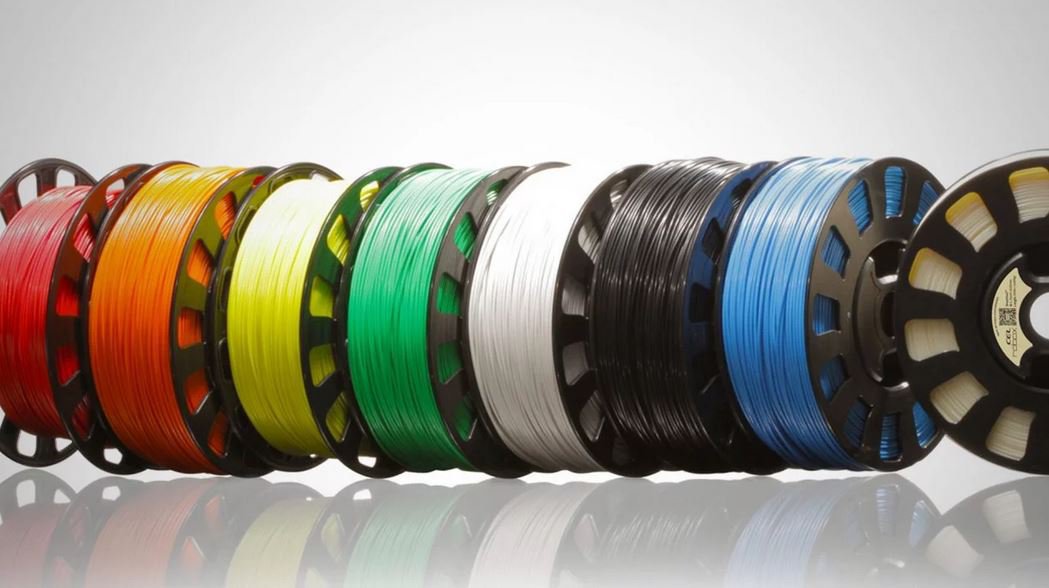In today’s digital age, the ability to produce vibrant, high-quality color prints is essential for both personal and professional projects. Whether you’re printing photographs, presentations, or marketing materials, understanding how to make a printer print in color can significantly enhance the quality of your outputs. This article delves into the intricacies of color printing, offering practical steps and expert insights to ensure your printer delivers stunning results.
Understanding Color Printing Technology
Before diving into the practical steps, it’s crucial to understand the technology behind color printing. Most modern printers utilize either inkjet or laser technology.
- Inkjet Printers: These printers use liquid ink sprayed through tiny nozzles onto paper. They typically employ a four-color process known as CMYK (Cyan, Magenta, Yellow, and Key/Black) to create a wide range of colors. Inkjet printers are favored for their ability to produce high-quality images and are commonly used for photo printing.
- Laser Printers: These printers use toner, a fine powder, and a laser beam to produce prints. Laser printers also use the CMYK color model but are generally faster and more efficient for text-heavy documents. They are ideal for office environments where speed and volume are priorities.
Step-by-Step Guide to Enable Color Printing
- Check Printer Capabilities
Before attempting to print in color, ensure that your printer is capable of color printing. Most printers will have a specification sheet or user manual that outlines their capabilities. If your printer is monochrome (black and white), you will need to upgrade to a color printer.
- Install the Correct Drivers
Having the right printer drivers installed is essential for optimal performance. Drivers act as a communication bridge between your computer and printer. Follow these steps:
- Visit the Manufacturer’s Website: Go to the support section of your printer’s manufacturer website.
- Download the Latest Drivers: Ensure you download the latest drivers compatible with your operating system.
- Install the Drivers: Follow the installation instructions provided by the manufacturer.
- Configure Printer Settings
Once the correct drivers are installed, you need to configure the printer settings to enable color printing:
- Access Printer Preferences: Go to your computer’s Control Panel (Windows) or System Preferences (Mac).
- Select Your Printer: Click on ‘Devices and Printers’ (Windows) or ‘Printers & Scanners’ (Mac) and select your printer.
- Open Printer Preferences: Right-click on your printer and select ‘Printing Preferences’.
- Choose Color Options: In the preferences window, look for a ‘Color’ or ‘Quality’ tab. Select the option that allows for color printing, often labeled as ‘Color’ or ‘CMYK’.
- Use the Right Paper
The type of paper you use can significantly affect the quality of your color prints. For optimal results, consider the following:
- Photo Paper: For printing photographs, use high-quality glossy or matte photo paper. This type of paper absorbs ink better and enhances color vibrancy.
- Presentation Paper: For presentations or marketing materials, use a heavier weight paper designed for color printing.
- Standard Paper: For everyday documents, standard printer paper will suffice, but it may not yield the same vibrancy as specialized paper.
- Adjust Color Settings in Your Software
Most design and word processing software allow you to adjust color settings before printing. Here’s how to ensure your documents are ready for color printing:
- Check Color Mode: Ensure your document is set to CMYK color mode rather than RGB, especially for print projects. RGB is optimized for screens, while CMYK is tailored for print.
- Preview Before Printing: Use the print preview feature to check how colors will appear on paper. This can help you make adjustments before the final print.
- Perform Regular Maintenance
To maintain the quality of your color prints, regular printer maintenance is essential:
- Clean Print Heads: Inkjet printers may require periodic cleaning of the print heads to prevent clogging. Most printers have a built-in cleaning function accessible through the printer settings.
- Check Ink Levels: Regularly monitor ink levels and replace cartridges as needed. Low ink can lead to faded prints or color inaccuracies.
- Update Firmware: Keep your printer’s firmware updated to ensure optimal performance and compatibility with your devices.
Troubleshooting Common Color Printing Issues
Even with the right setup, you may encounter issues when printing in color. Here are some common problems and their solutions:
- Faded Colors: If your prints appear faded, check the ink levels and consider replacing low cartridges. Additionally, ensure you are using the correct paper type.
- Color Misalignment: If colors appear misaligned, run a print head alignment test through your printer’s maintenance settings.
- Streaks or Lines: Streaks can indicate clogged print heads. Use the cleaning function to resolve this issue.
Conclusion
Mastering the art of color printing involves understanding your printer’s capabilities, configuring settings correctly, and maintaining your equipment. By following the steps outlined in this guide, you can ensure that your printer produces vibrant, high-quality color prints that meet your needs. Whether for personal projects or professional presentations, the ability to print in color opens up a world of creative possibilities. Embrace the spectrum and let your prints shine!

